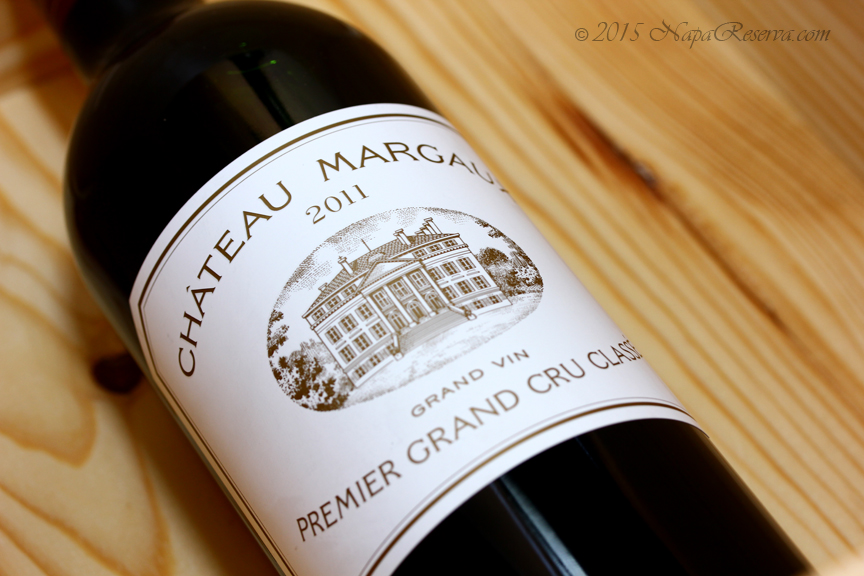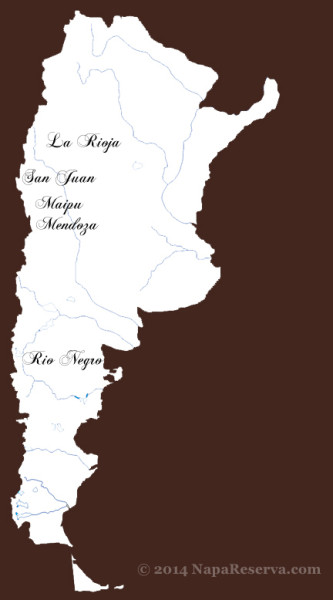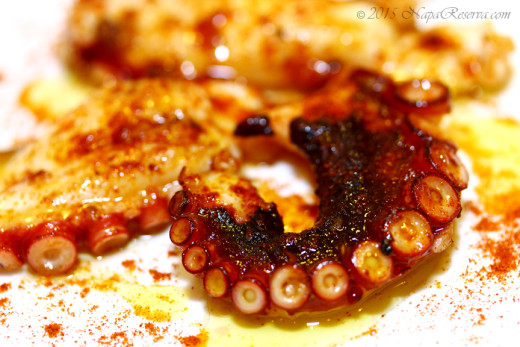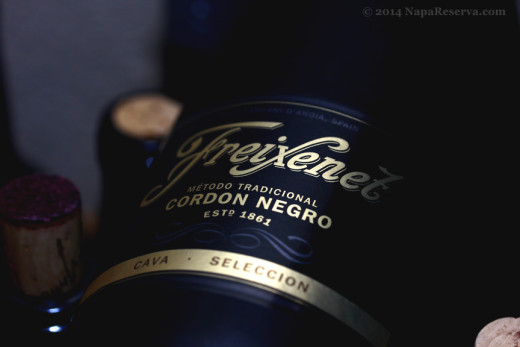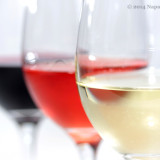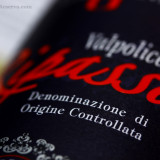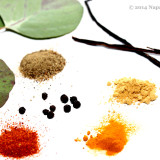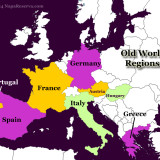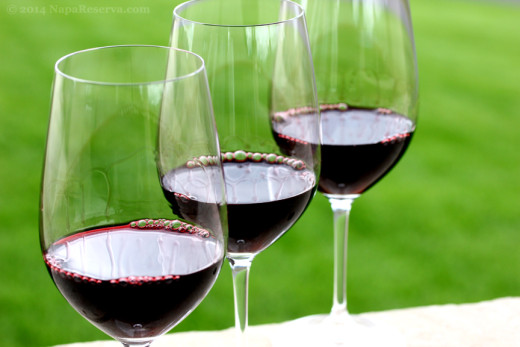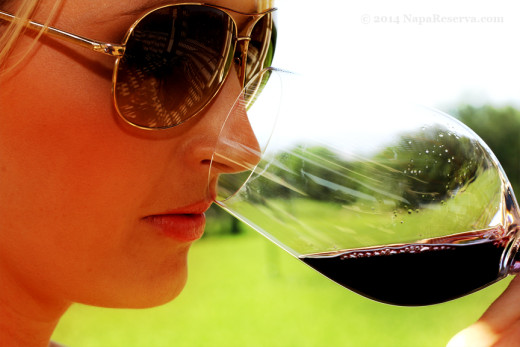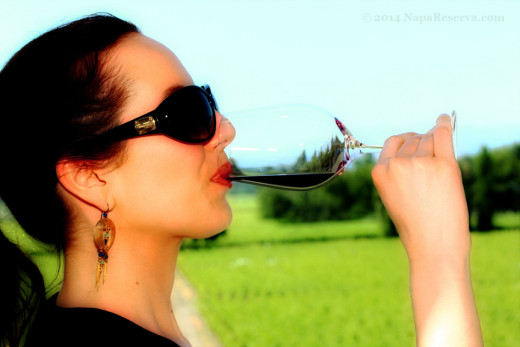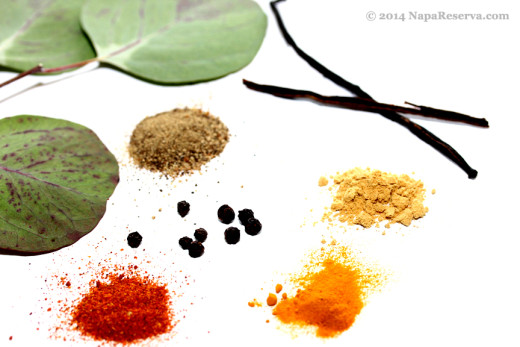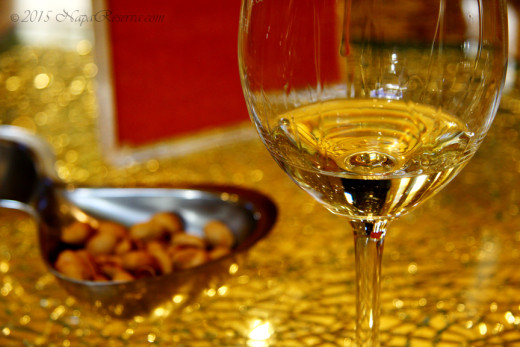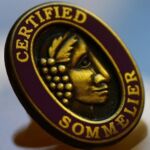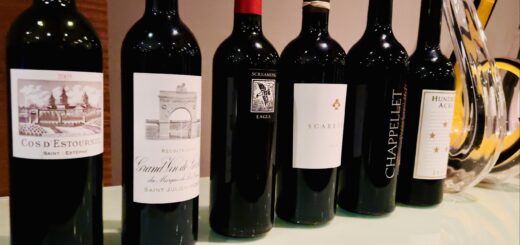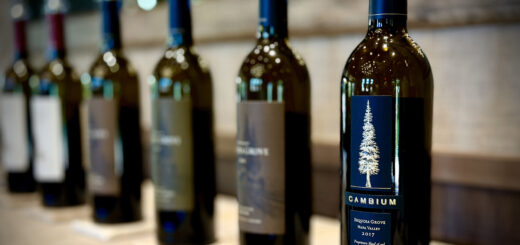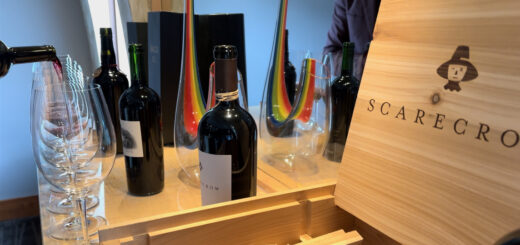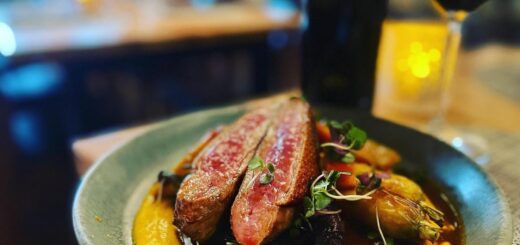Wines of Bordeaux, France
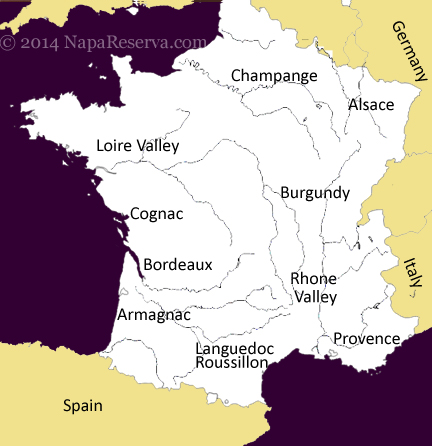 Far to the west edging the Atlantic ocean lies one of the most important wine regions in the world, Bordeaux. The province is named after the port-city Bordeaux, and it is home to over 10.000 wine producers together outputting up to 900 millions bottles of wine each year. Bordeaux by far is the largest wine producing region in France. Large quantity but no lack of quality, the region is renowned for its dry red white; for centuries, world famous wines are produced from the several famed chateaus: Le Pin, Margaux, Mouton, Lafitte, Haut-Brion, Petrus and Latour -just to name a few.
Far to the west edging the Atlantic ocean lies one of the most important wine regions in the world, Bordeaux. The province is named after the port-city Bordeaux, and it is home to over 10.000 wine producers together outputting up to 900 millions bottles of wine each year. Bordeaux by far is the largest wine producing region in France. Large quantity but no lack of quality, the region is renowned for its dry red white; for centuries, world famous wines are produced from the several famed chateaus: Le Pin, Margaux, Mouton, Lafitte, Haut-Brion, Petrus and Latour -just to name a few.
Geography & Climate
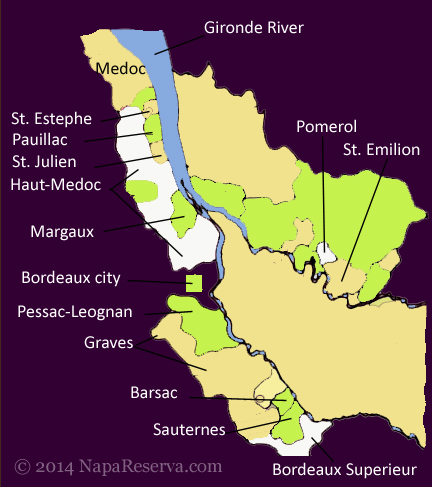 Locates in Southwest of France surrounding large port city of the same name -Bordeaux, this large region is defined by three smaller areas: Right Bank, Left Bank and Entre-Deux-Mers (literrally means between two seas). Known for a high concentration of micro-climates, it is difficult to define climate and growing conditions in Bordeaux as it changes to from one area -even sometime they are just a short distance from one another.
Locates in Southwest of France surrounding large port city of the same name -Bordeaux, this large region is defined by three smaller areas: Right Bank, Left Bank and Entre-Deux-Mers (literrally means between two seas). Known for a high concentration of micro-climates, it is difficult to define climate and growing conditions in Bordeaux as it changes to from one area -even sometime they are just a short distance from one another.
Soil of Bordeaux is as diverse as its climates, gravels and limestone dominated the Left Bank area, while clay favors the Right. River deposits, sand and silica are found all over.
Viticulture
Grape growing and wine-making have been around for centuries and it continues to influence viticulture practices worldwide. Any major growing regions in the New World could somehow trace back its root to Bordeaux.
Varietals
Red: Cabernet Sauvignon, Merlot, Malbec, Cabernet Franc and Petit Verdo
White: Semillon, Muscadelle and Sauvignon Blanc.
Similar to viticulture practice, Bordeaux varietals are now being grown worldwide. Left Bank region plants mostly Cabernet Sauvignon and with smaller amounts of other red varietals; Merlot dominates Right Bank as it favors rich clay found along side the Gironde river. Bordeaux is known largely for red wine, however in the South specifically Barsac and Sauternes where Semillon, Sauvignon Blanc and Muscadelle are transformed into nothing short of golden nectar. Sweet wines of Sauternes are perhaps the best of its kind.
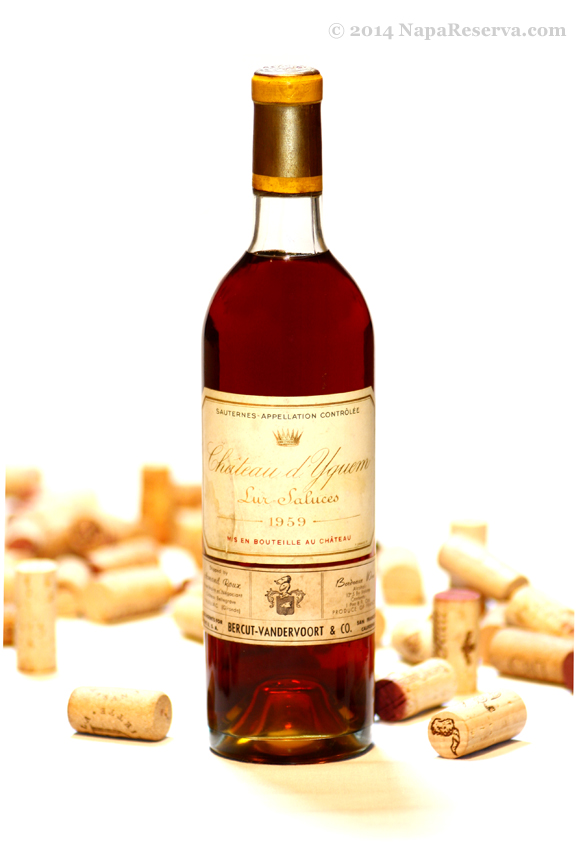 Winemaking
Winemaking
Wine making practices remain unchanged for centuries, wine of Bordeaux is almost always a blend. This practice has been replicated world wide although there is an increase in single varietal wines coming out from New World countries, such as California (USA), Argentina and Australia.
On the Left Bank, wines are made with primarily Cabernet Sauvignon usually of 65-70%, the rest are Merlot and Cabernet Franc with very small amount of Malbec and Petit Verdo -if any. The Right Bank shares similar blend with exception of Merlot being the dominant varietal, usually about 70%. 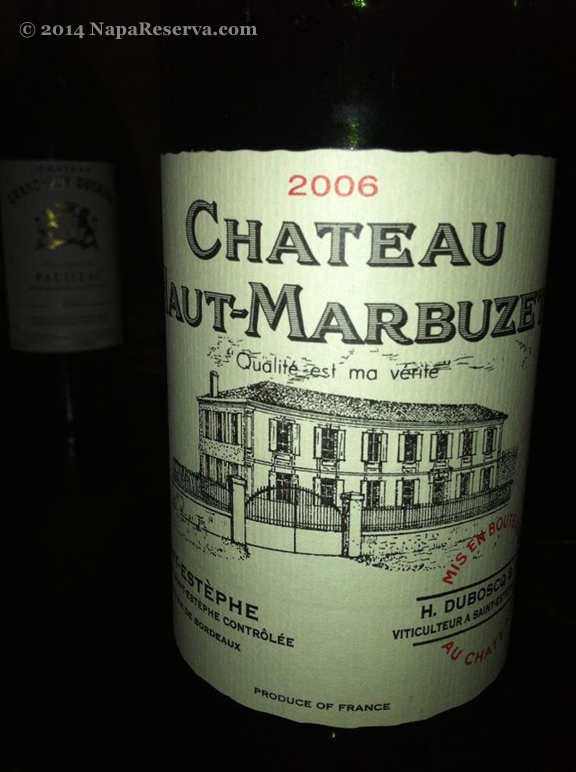
Unlike many might have thought, most wines in Bordeaux are meant for relatively early consumption, usually within 7-10 years. Only the select few can be laid down for decades; the longer they age, their flavors and texture evolve into something magical that word can do little justice explaining.
Bordeaux is home to many of the world most sought-after wines, its classic blend of Cabernet Sauvignon and Merlot has long been the standard of world class wines and they don’t come cheap. Established since 1855, the Official Bordeaux Classification (of quality) rated the 61 best Chateaus in Bordeaux and the top 5, known as First Growth, to this day continues to be the very best. All over the world, other top wines of the same kind always look for Bordeaux First Growth as a benchmark for their craft. Wines of the world wouldn’t have been the same without Bordeaux.
